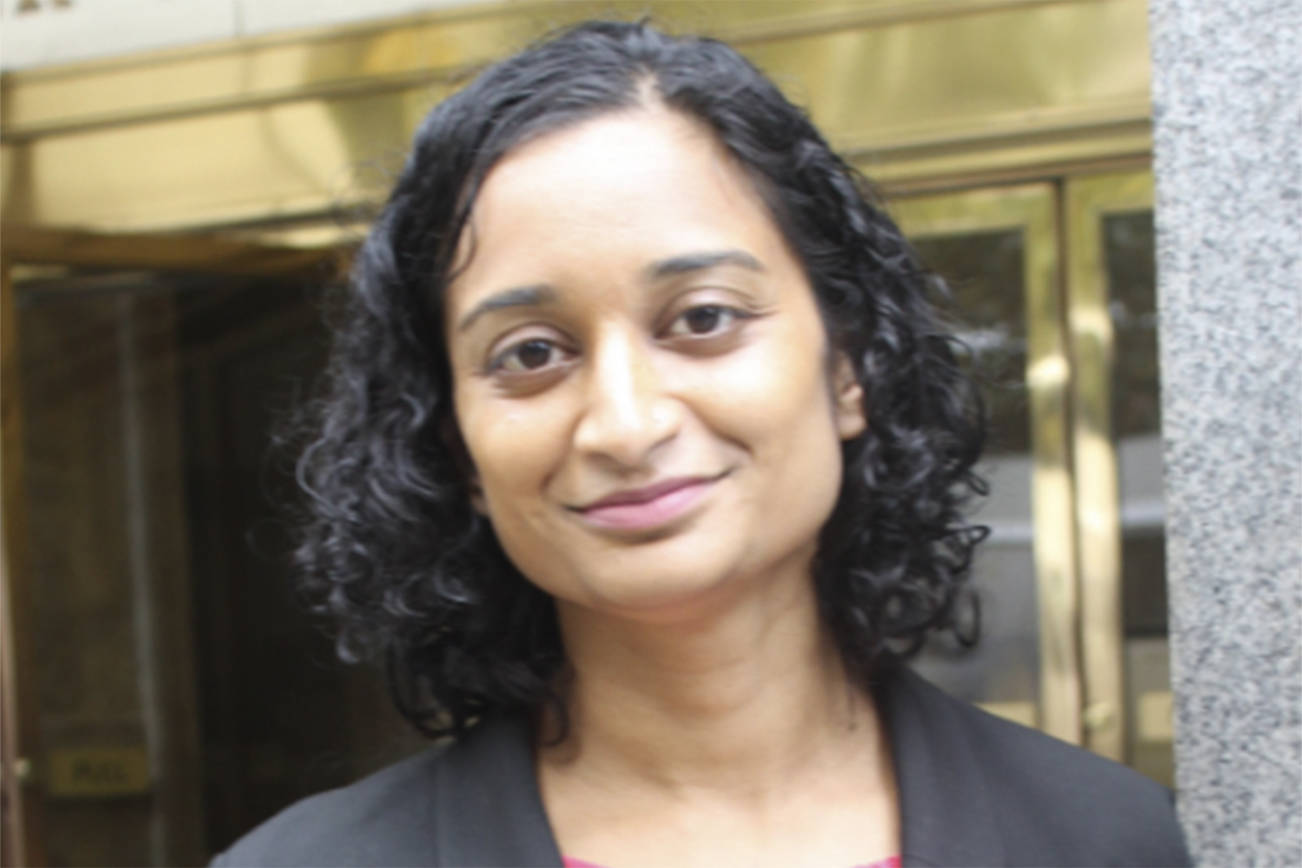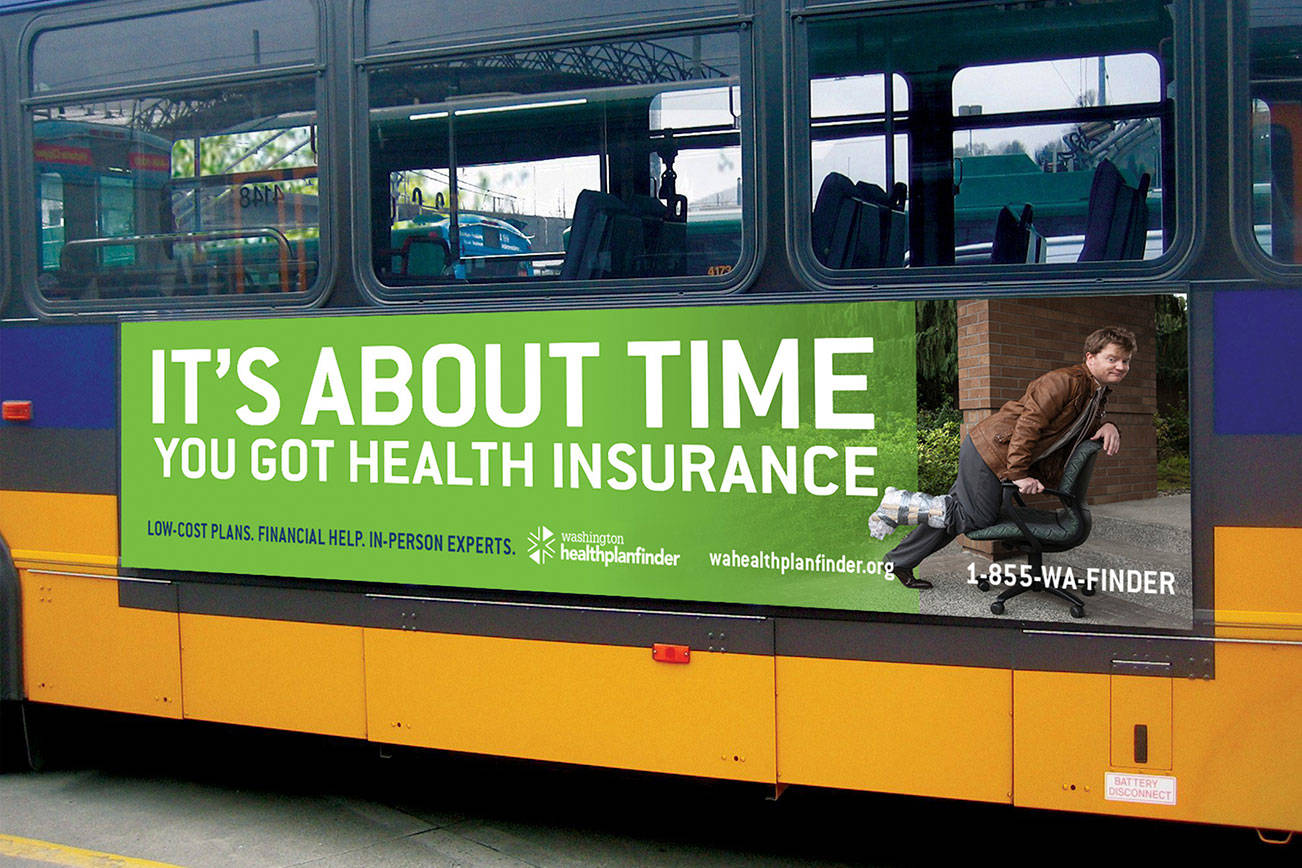The Seattle Department of Transportation isn’t the only local transit agency struggling to complete ambitious regional transportation projects. King County Metro, which previously touted goals of adding 20 additional express bus lanes throughout the county by 2040, has now lowered that benchmark to seven by 2027.
At the beginning of 2017, the King County Council approved Metro’s official (and ambitious) roadmap for its regional transportation network Metro Connects. Part of the plan called for greatly expanding the RapidRide system, a type of bus line intended to provide frequent and speedy service on high-demand routes through designated lanes and allowing riders to enter buses from multiple doors. The lines are construction intensive because they require new stations, off-vehicle payment infrastructure, and bus lanes.
The transit agency has already built six RapidRide lines since 2010, such as the E Line running up Aurora Avenue in Seattle and the B Line connecting the Bellevue and Redmond transit centers. Metro Connects called for adding 13 more lines by 2025 and another seven by 2040, making for a total of 20 additional lines. Metro boasts that the planned RapidRide investments under their vision would bring “frequent transit service to 70 percent of King County residents.”
However, despite the previously ambitious goal, Metro has since scaled back construction timelines. The agency now states that it can only deliver six lines by 2025 and an additional seventh by 2027. The other 13 have no clear timeline for completion. “The 13 lines by 2040 is going to be determined,” Jeff Switzer, a Metro spokesperson, told Seattle Weekly.
According to Hannah McIntosh, Metro’s program manager for RapidRide, the shift is due to a number of factors, including increased regional construction costs, the high demand for qualified consultants and engineers in the area, and ongoing uncertainty around the flow of funding for local transportation projects from the Federal Transit Administration — an agency overseen by the Trump administration. His administration has threatened to withhold grants from jurisdictions like Seattle in recent months.
“We took all of those factors into account and worked hard to build a responsible and realistic deliverable timeline for RapidRide implementation,” McIntosh said. “It’s a difficult time to be putting design and construction contracts out on the street.”
McIntosh added that some federal funding has been trickling in for local projects, but not as quickly or regularly as it was during the prior president’s tenure. “It’s not that we don’t think federal funding will be there, it’s that we’re building in more time to pursue federal funding.”
McIntosh stressed that the timelines identified in Metro Connects were never set-in-stone deadlines that the agency had to adhere to. “It was an identification of need countywide,” McIntosh said. “And the next steps of coming out of that visioning process are laying out what we can do to make this vision a reality.”
“There is no lessening to [our] commitment to the full vision. We as an agency are still 100 percent behind that vision, but we want to implement it in a sustainable way,” she added.
The RapidRide lines given hard completion dates include the G Line running along East Madison Street in Seattle and the Burien to Seattle H Line — both of which are slated to be completed by 2021. Seattle officials have recently expressed concern that the Madison street line may not be finished until 2022.
‘The I Line, which would connect Auburn, Kent, and Renton, is expected to come online in 2023, while two more Seattle lines running along the Rainier Valley and from downtown Seattle to the Roosevelt neighborhood are penciled in for 2024. Additional lines between Bellevue and Totem Lake and a to-be-determined South King County route will be finished by 2027.
Some of the 13 lines that have been put on hold include a line running between Seattle’s Ballard and Wallingford neighborhoods and a line connecting the Rainier Beach neighborhood to SeaTac and Federal Way.
For the seven lines that have been given clear timetables, county funding has been identified in Executive Dow Constantine’s proposed 2019-2020 budget. Five of the seven lines have some federal funding secured, and Metro will be seeking more grant money for three of those lines. Two routes — the Bellevue to Totem Lake line and the South King County line — have not recieved any grants to date, but Metro spokesperson Switzer said they plan to apply for funds for those projects. The Seattle Department of Transportation will also be contributing funds from its massive $930 million Move Seattle transportation levy to the four lines that will run through Seattle.
Local transportation advocates are not thrilled, but have so far refrained from throwing punches at Metro over the timeline revisions. Hester Serebin, policy director at Transportation Choices Coalition, told Seattle Weekly that her organization is “disappointed” with the changes, but also appreciates the issues facing Metro and other local transportation agencies.
The Seattle Department of Transportation has come under fire for failing to deliver on a slew of new transportation investments — including Rapid Ride lanes within the city — funded through the Move Seattle levy. City officials, like those at Metro, have blamed increasing construction costs and the federal government for the delays. “The things that are hard for the city are the same things that are hard for Metro,” Serebin said.
McIntosh said that Metro realigned its plans for the RapidRide lines in conjunction with Seattle officials’ own reassessment of their delivery timelines for projects funded by the Move Seattle levy. “Their reset on that levy happened in parallel to our work here,” she said.
“They [Metro] probably will have to do an assessment of their own of Metro Connects to get it more in line with the resources that they have and the resources they expect given the construction costs that are causing those kinds of problems,” Serebin said. “They’re all really big projects so to deliver that many over a short period of time is just really challenging.”
This post has been updated.









